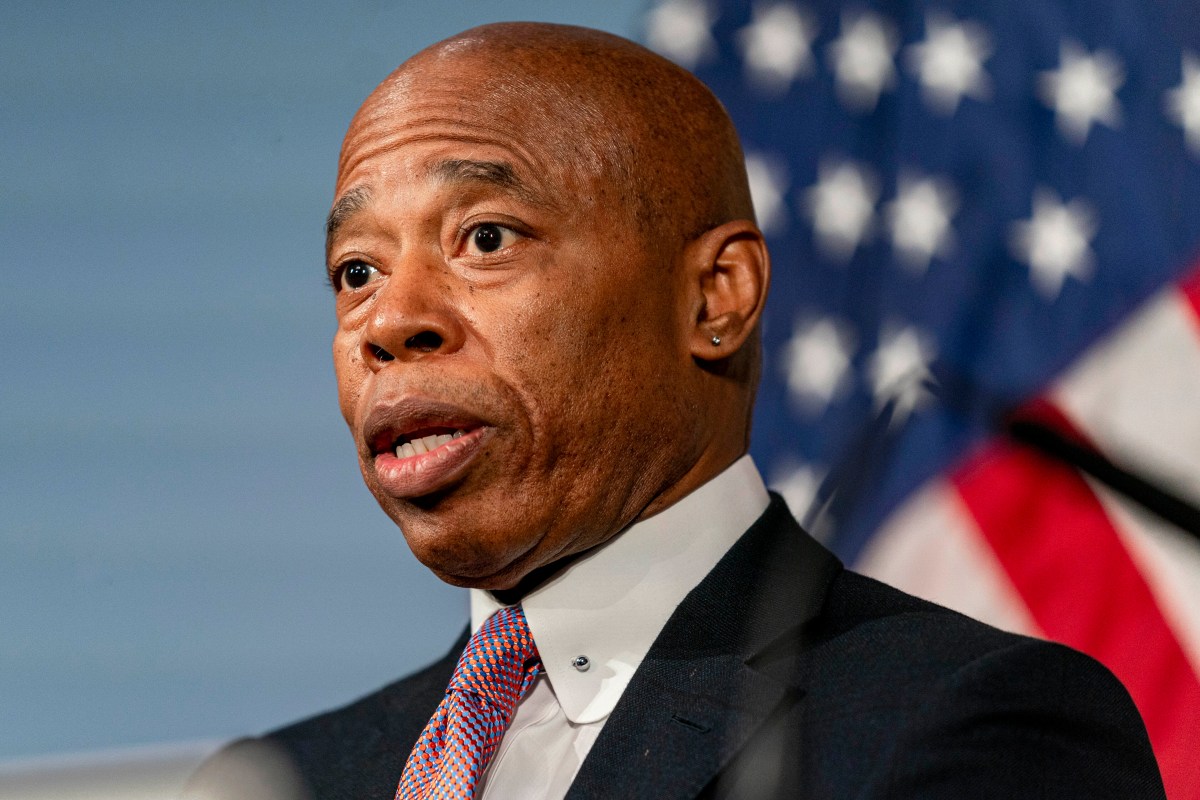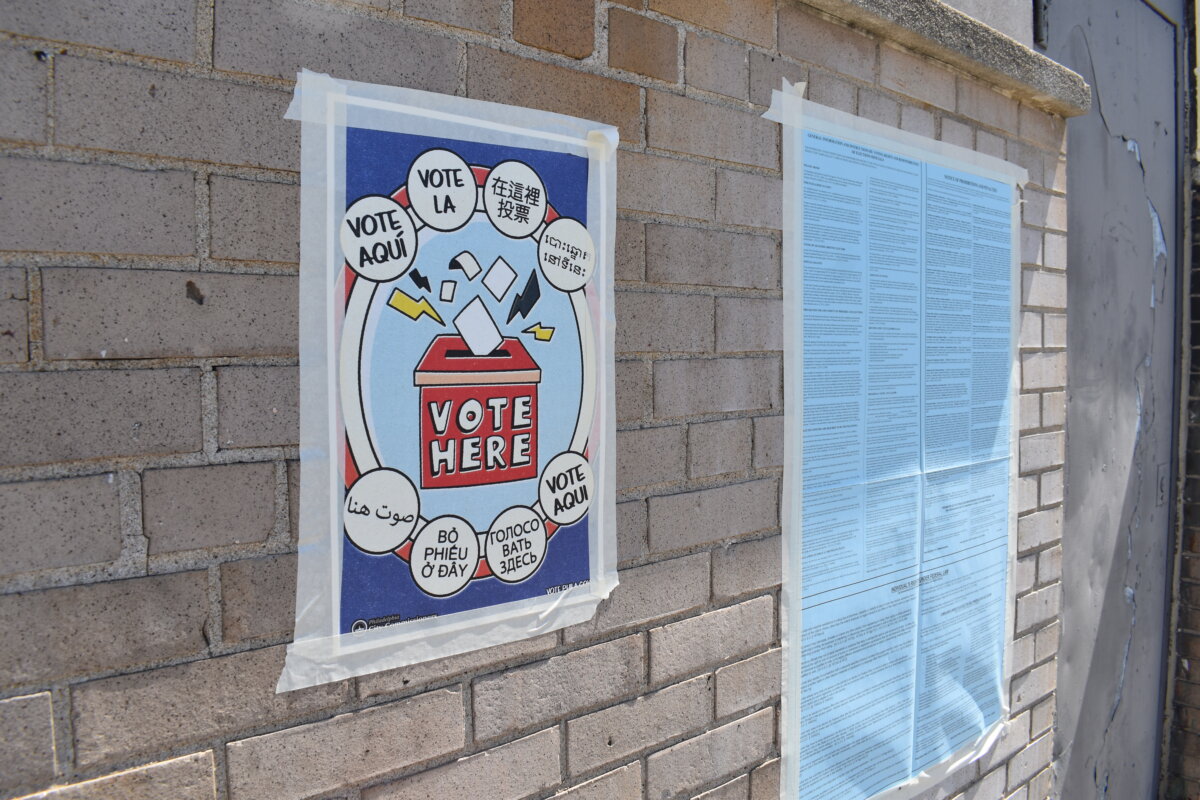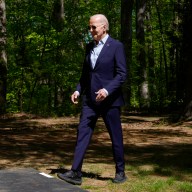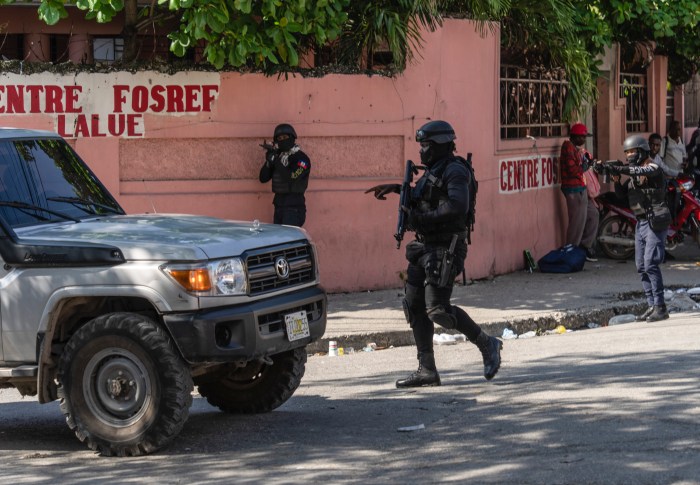For those willing to wander a few steps beyond the gothic spires of Ottawa’s parliamentary precinct and glimpse beneath the veneer of a prim-and-proper capital, there lies a tantalizing history few tourists ever see.
It is a world of scandal, international intrigue and political assassination.
“Politics and scandal seem to go hand-in-hand,” said Christina Tessier, local historian and director of the Bytown Museum. “And with Ottawa being the nation’s capital, this would certainly be the place you would expect to find it.”
The Sparks Street Mall is located less than a block from Parliament Hill. Near the mall’s eastern edge across from the post office and adjacent to the pub bearing his name is a discreet plaque that marks the spot where Thomas D’Arcy McGee was assassinated.
An Irishman by birth who became a father of Confederation, McGee was returning to his Sparks Street apartment about 1 a.m. on April 7, 1868, after a late sitting of the Commons when a figure emerged from the darkness and fired a single bullet into McGee’s head.
McGee’s killing was Canada’s first political assassination and it caused a sensation. He was a journalist, poet, politician, and generally acknowledged as the young country’s finest political orator. What was then an enormous sum — $2,000 — was offered as a reward for information leading to the arrest of his assassin.
McGee was thought to be the victim of a plot launched by Irish nationalists known as Fenians who regularly launched raids into Canada from the United States. But Patrick James Whelan, who was convicted and hanged for the assassination, was never accused of being a Fenian by the Crown prosecutor.
A few blocks to the east on Nicholas Street is the building that housed the Carleton County Gaol where Whelan was strung up for his crime in one of Canada’s last public hangings. His execution took place in front of approximately 5,000 people at what is now known as the Ottawa Jail Hostel. Staff there provide tours of Whelan’s tiny, dark and dank cell and the creepy gallows where he spent his last moments.
A 10-minute walk further east among the stately embassy residences and well-worn student housing in the city’s Sandy Hill neighbourhood is the elegant former home of Sir Wilfrid Laurier. But it was the gold-brick building’s second resident —William Lyon Mackenzie King — who brought the old manse much of its current mystery.
King called this home from 1923-50 and is said to have held seances in the library, where a portrait of his beloved mother is illuminated in a ghostly glow. Canada’s longest-serving prime minister placed a red rose in front of the portrait every day.
Nearby on a table is a crystal ball an American bought for him after overhearing King complaining about its cost while on a trip to London.
While King was involved in enigmatic communications, grim intrigue was occurring across town in Dundonald park, just a few blocks from Parliament Hill.
A plaque in the park marks the spot where the RCMP monitored the Soviets’ frantic efforts to find Igor Gouzenko in the apartment building he occupied on Somerset Avenue. Gouzenko, a Soviet cipher clerk, had already walked out of the Soviet embassy in 1945 with more than 100 documents proving the existence of a Soviet spy ring in Canada.
The events leading to his defection are often credited with helping to ignite the Cold War. Fearing for his safety and the well-being of his family, Gouzenko hid out at a neighbour’s apartment while the KGB scoured his home.
















